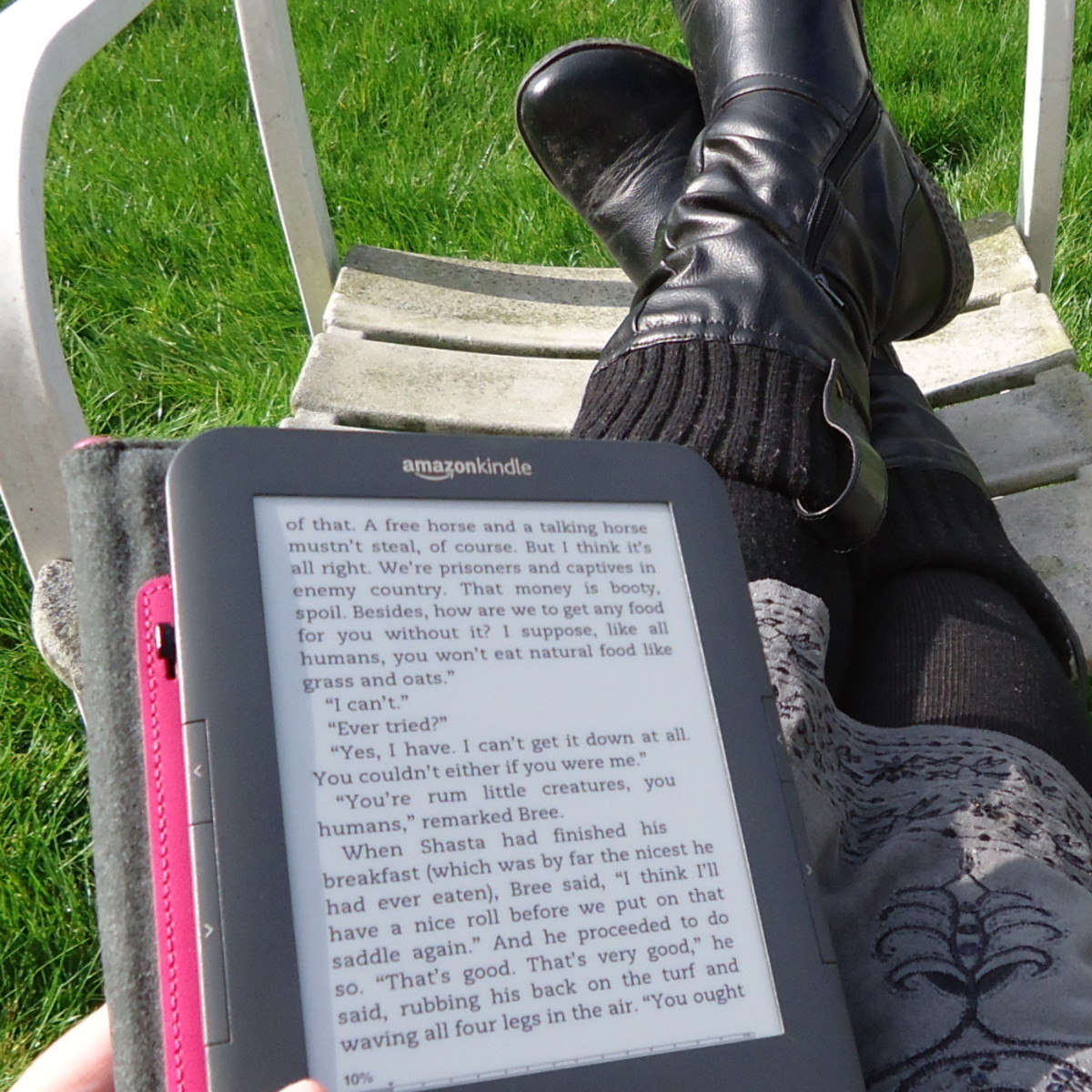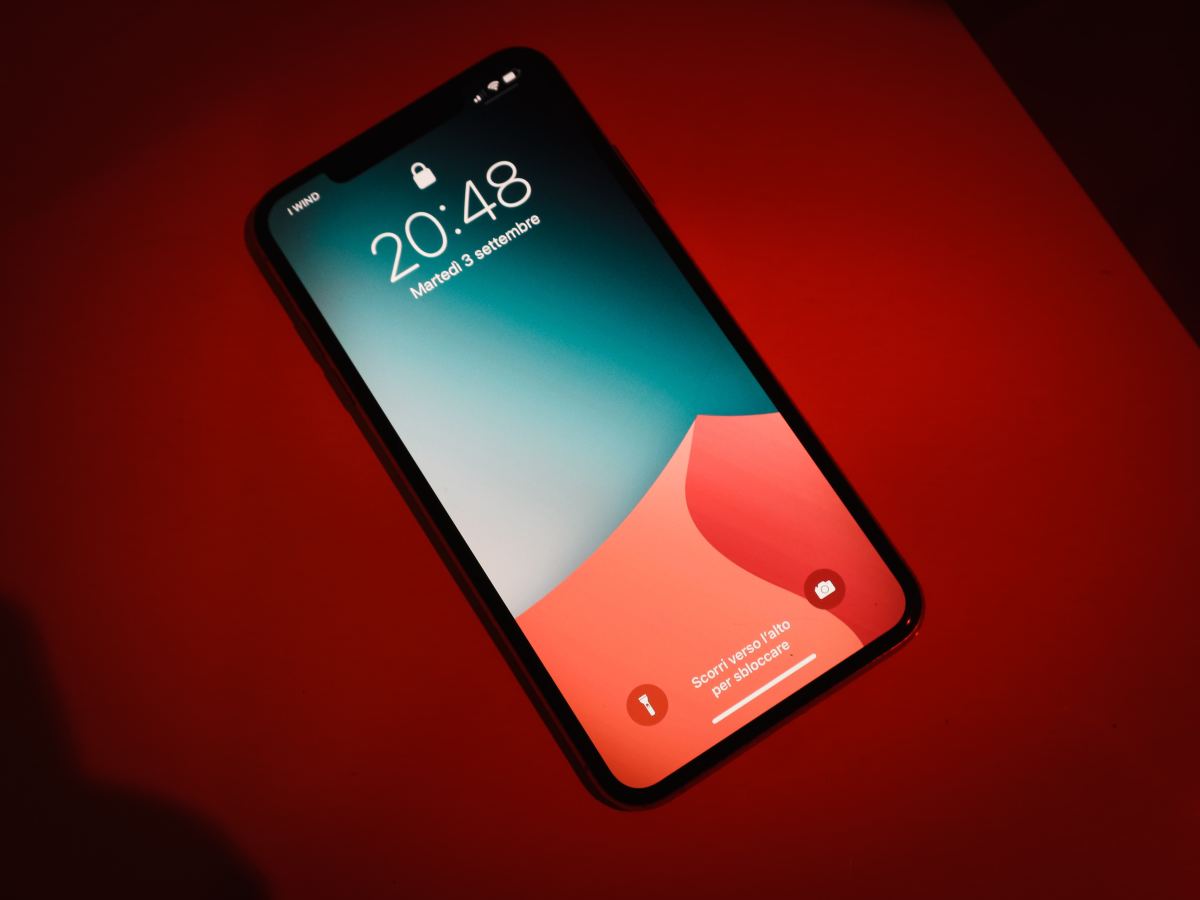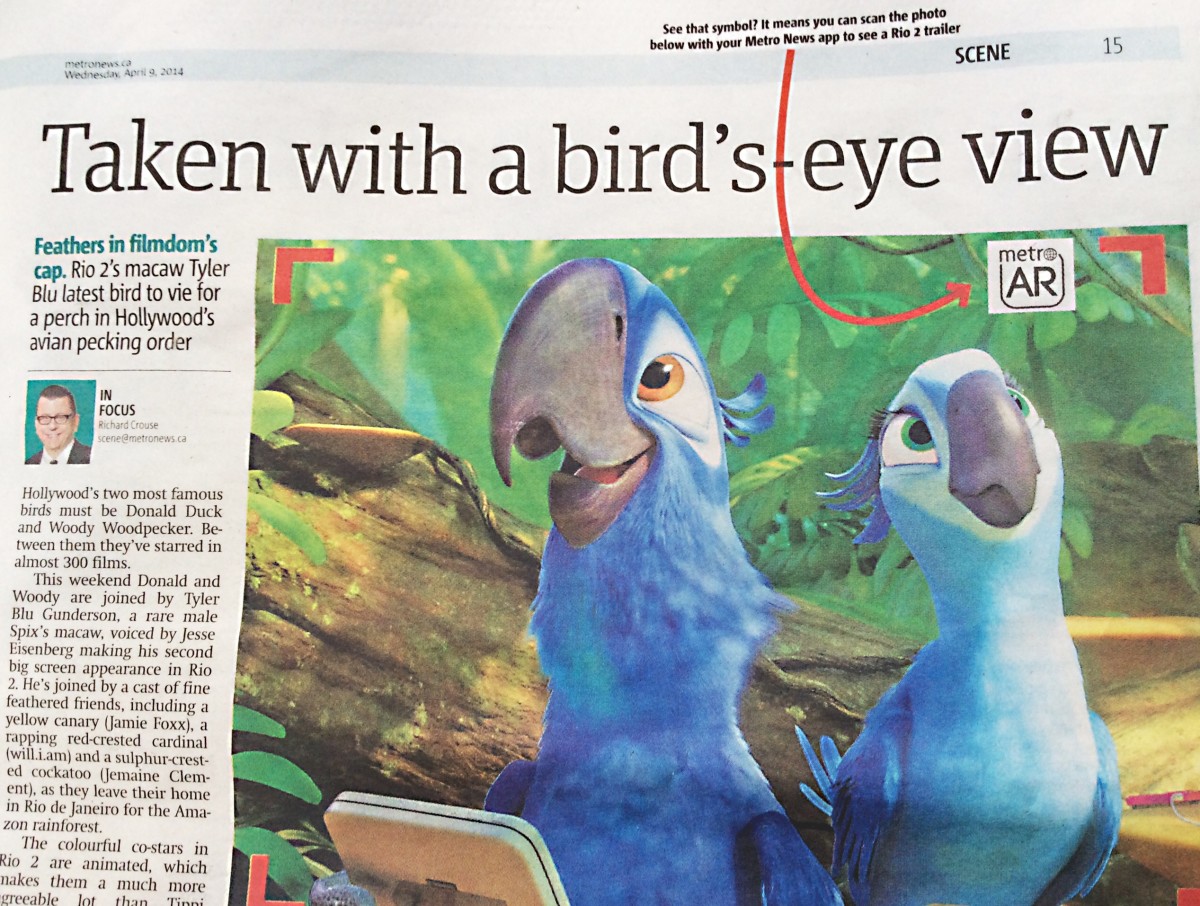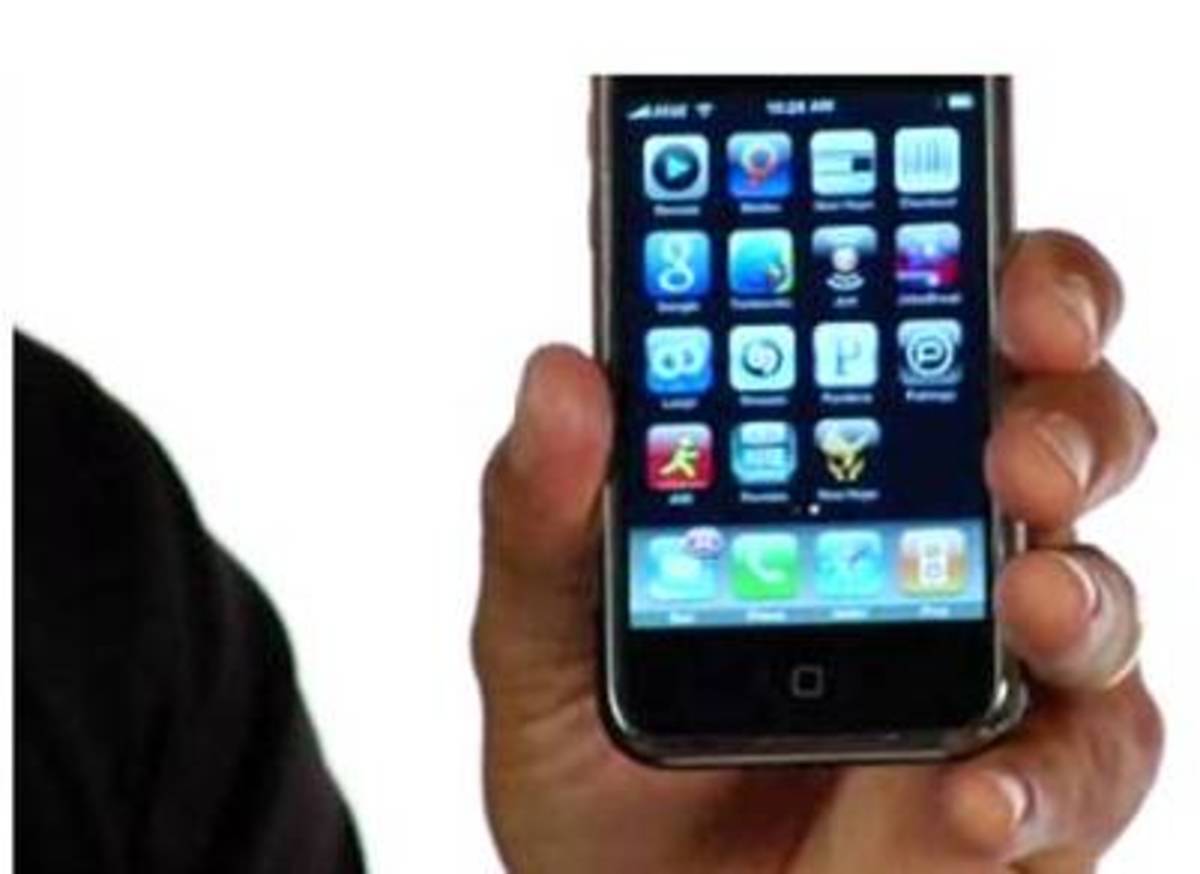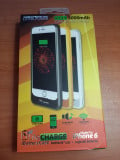- HubPages»
- Technology»
- Communications»
- Smartphones
3D Cameras - Next Feature for Apple Smartphones and Tablets
After years of rolling out new features, some of which lacked a 'Wow Factor', such as the curved screen and fingerprint scanner, a new kind on the block promises something big and genuinely exciting - a 3D Camera.
There are unconfirmed reports that Apple has acquired PrimeSense, which makes the leading 3D sensor available today. This could give Apple the lead but many other mobile makers are trying to develop something similar.
Companies, such as Qualcomm, are already working on the software needed to integrate 3D sensor data into augmented reality apps, mobile games, landscapes for tourist images and interior desisgns.
Several Kickstarter projects have appeared seeking funds for developing devices with a 3D sensor that attaches to the outside of an iPad.
Soon, it appears, smartphones and pads themselves will be able to generate 3D images of anything as a 3D scan, such as people, pets, room interiors, scenes and buildings.
A 3D camera fitted to a mobile would trigger an exciting range of new apps for mobile devices.
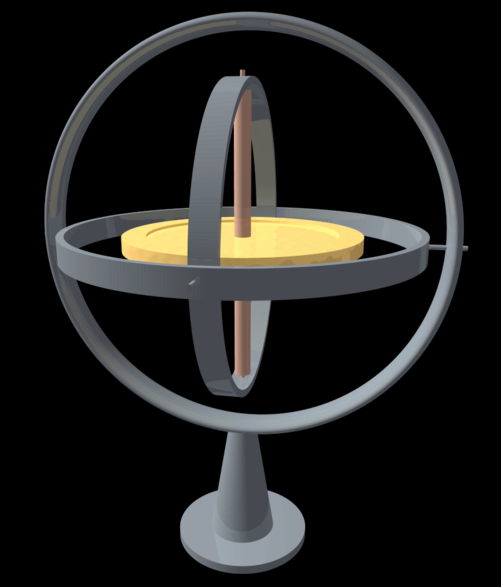
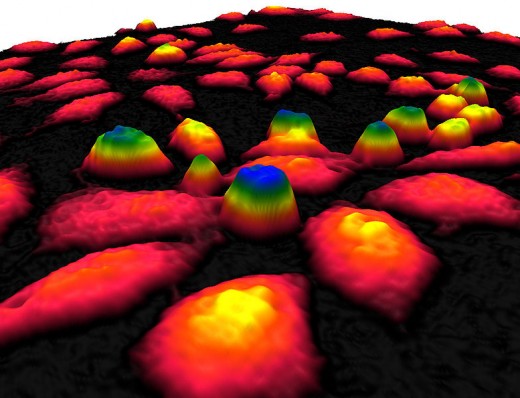
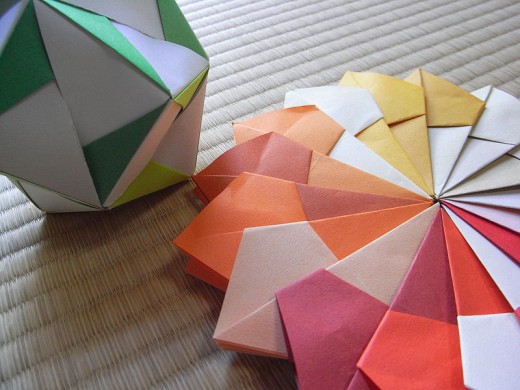
The Advantages of Depth and 3D Rendering
Sensing depth opens up a whole range of exciting software and app development. The existing 3D scanners and printers are already being used to render jewelry, home furnishings, fashion accessories and prototypes of various products and especially toys and scientific items such as replicas of dinosaur skulls.
The dramatic drop in the price of 3D scannners and printers heralds the move to phone and pads. 3D scanners and tools are widely used in the fashion industry to explore clothing designs and matching accessories.
Architects are using 3D scanners to reduce project costs via simpler prototyping. Court room and crime scenes are other areas which would benefit from 3D capability. Various apps are already available on mobiles for converting 2D images and plans into 3D simulations.
The first affordable, mass-produced 3D sensor, produced by PrimeSense was called Carmine, which was used in the Xbox and Kinect, which was a roaring success. Earlier this year PrimeSense showcased 'Capri', which was much smaller but offered double the resolution of earlier sensors. The Capri device appeared to be small enough to be fitted into mobile devices.
To demonstrate the concept, PrimeSense demonstrated a Nexus 10 app that allowed you to redecorate a living room space by scanning the area and inserting 3D images of furniture that were also scanned by the device. A user showed how to use their finger to move the furniture around the room while faithfully maintaining the correct size and dimensions of the room, furniture and other feature3s in the space.
The Capri device consumes a lot of power and further development may be required to make the transition to mobile devices a reality.
Another device showing potential is PiCam, developed by Pelican Imaging. It uses a different method that involves integrating the signals passively from 16 tiny cameras. The device is not much larger than existing mobile cameras.
Currently the PrimeSense device offers better performance in terms of resolution, but things are happening very quickly with new developments appearing regularly. The PrimeSense device has a resolution of 100 microns, or 0.1 mm, at a distance of about 20 cm. This is much better than that for the Pelican Imaging device which has a lower resolution of 1 mm.
The reported acquisition of PrimeSense by Apple may mean that it will lead the way for a 3D camera for smartphones and pads. Nokia and Microsoft are also reported to be feverishly researching in this area.
© 2013 Dr. John Anderson



